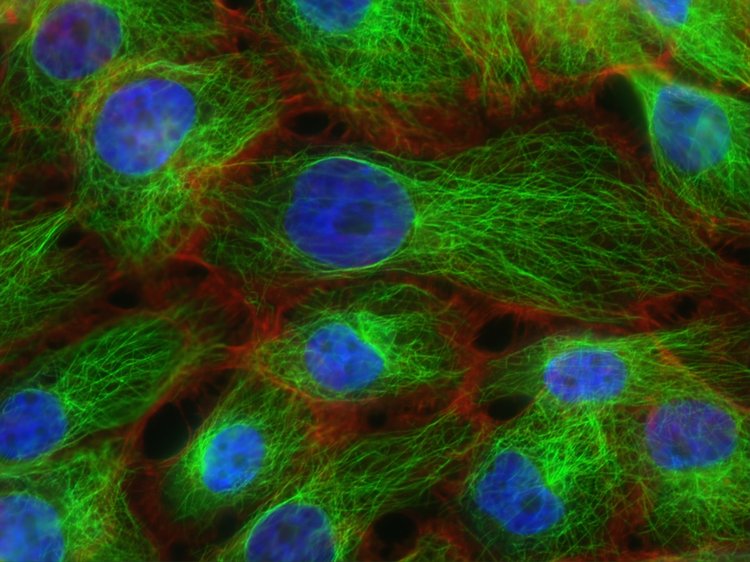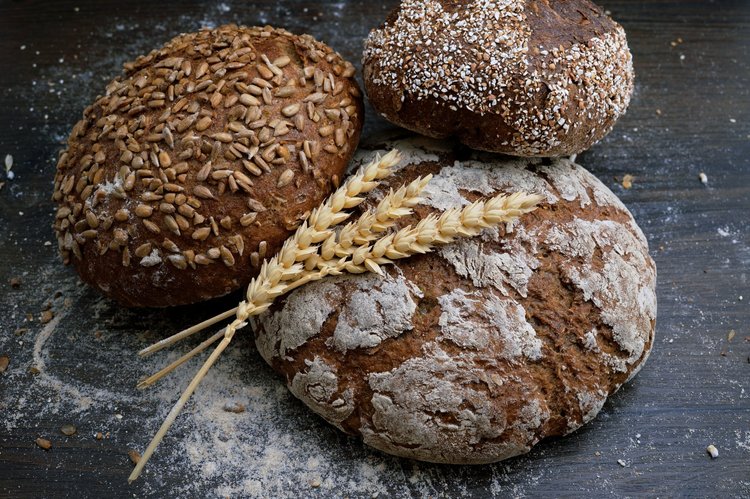IS GLUTEN REALLY BAD? Glutens are a family of proteins that are mostly found in wheat, barley, and rye. They are storage proteins and in previous years were called prolamins. Although, when you want to look at it strictly, gluten refers to proteins that can be found in wheat. However, in medical parlance, glutens are food molecules that contain a combination of two proteins namely; glutelin and prolamin which are found naturally in grains and have the potential of causing health problems for people having celiac disease. Glutens have certain beneficial attributes and have been used for a while in the food industry for instance it gives the bread a stretchy nature that allows it to expand and traps air making it able to swell and retain hydrated at a certain amount. It also makes some foods made from grains have a chewy form.² However, in recent times; consumers are becoming aware of the health implication of having certain levels of gluten in the body system. In this article, you will explore everything there is to know about gluten and how your health may be in for it if you are not careful about what food you consume! Where did gluten come from? The discovery of health problems caused by glutens is relatively new but the consumption of glutens is not new to humanity. For over 10,000, humans have been introduced to glutens via agricultural practices traceable to the Southwestern part of Asia, a region known for its fertility and scintillating landscapes.¹ What common foods contain gluten? Gluten is found in some foods, though they vary in the quantity of the protein substances. They are listed as follows: Foods from cereal or grains include wheat bran, whole wheat, wheat germ, triticale, couscous, semolina, barley, farina, rye, Kamut, etc. Processed foods of grain sources such as pasta, bread crumbs, veggie burgers, bread, cookies, etc. Certain beverages like malt vinegar, soy sauce, barley malt, sauces thickened with flour, etc. How is gluten produced industrially? Although gluten is found in small amounts in wheat and a few other grain crops, it can be extracted industrially. Usually, wheat flour is mixed with water to form a suspension. It is mixed and kneaded by special machines till the gluten content of the dough collects into a lump. The lump would be garnered via the process of centrifugation before it is passed through several continuous processes, one of which is the removal of water from the soaked gluten through a screw press. What is left of the gluten is forcefully sprayed through the nozzle of an atomizer into a chamber where it will receive gentle drying. This is done at a certain temperature that evaporates the moisture content without changing the nature of the gluten. You know, proteins are easily denatured under high temperatures. At this point, you will have a flour-like powder that still has to be milled and sifted to ensure uniformity in the processed gluten.³ What are the health implications of gluten consumption? Some disorders can be traced to the consumption of gluten; they are generally called “Gluten-related disorders”. Popular among these disorders include wheat allergy, dermatitis herpetiformis (DH), gluten ataxia, non-celiac gluten sensitivity (NCGS), and the most common of them all; celiac disease (CD).⁴ These diseases are traceable to the peptide content of glutens.⁵ Let us take a closer look at these disorders one after the other. Celiac disease It is a chronic disease that affects the small intestine and is caused by the direct consumption of wheat, rye, oats, barley, or foods derived from them. Interestingly, aside from the small intestine, the disease also affects multiple organs by reducing their immunity levels.⁶ Although it is a gastrointestinal disease, it can exhibit some non-gastrointestinal symptoms. The tricky part is that celiac disease sometimes does not even show symptoms at all.⁷ Asymptomatic people find it difficult to trace their chronic ill health to celiac disease so they become used to a life of bad health however when they change diet to gluten-free foods, they notice an improvement in their health.⁸ It will amaze you to know that about 2% of the world’s population is affected by the disease but most of these cases are undiagnosed or untreated, leaving these people with a high risk of having protracted health problems.⁹ When celiac disease is not treated, it may result in iron deficiency, osteoporosis, malabsorption of food nutrients, reduced vitality, intestinal lymphomas, and even death.¹⁰ Autoimmune diseases associated with celiac disease include dermatitis herpetiformis, autoimmune hepatitis, thyroiditis, and primary sclerosing cholangitis among others.⁹ Non-celiac gluten sensitivity (NCGS) This disorder was first discovered in 2010 and it describes the health condition involving several symptoms which improve after gluten-free food routine is being administered, which is after wheat allergy and celiac disease are excluded.¹¹ At this time, however, its pathogenesis is still under research study however it is the most prevalent disease of the ‘gluten disorder’ family.¹² NCGS is quite difficult to treat because most people who have the disease are unaware of it even though they have gastrointestinal problems. After all, many specialists are inadequately equipped with the knowledge of the disorder or how to treat it. In many cases, these patients suffer unending consultations without improvement with physicians diagnosing their problems like irritable bowel syndrome.¹³ Aside from irritable bowel syndrome, people suffering from NCGS also experience some health problems that are non-gastrointestinal such as fibromyalgia, neurological diseases, atopic diseases, allergies, etc. In 2017, a research work suggested that NCGS may be regarded as a chronic disorder just as celiac disease is.¹⁴ Gluten Ataxia A disease that affects the brain, damaging the cerebellum and distorting the patient’s coordination, walking, speaking and other complex movements; Gluten Ataxia! Gluten Ataxia is an autoimmune disease caused by the consumption of gluten.¹⁵ The treatment of gluten ataxia depends on the duration between the onset of the disease and the time of diagnosis; this is because dead cells in the cerebellum resulting from gluten exposure can never be revived.¹⁶ Patients








